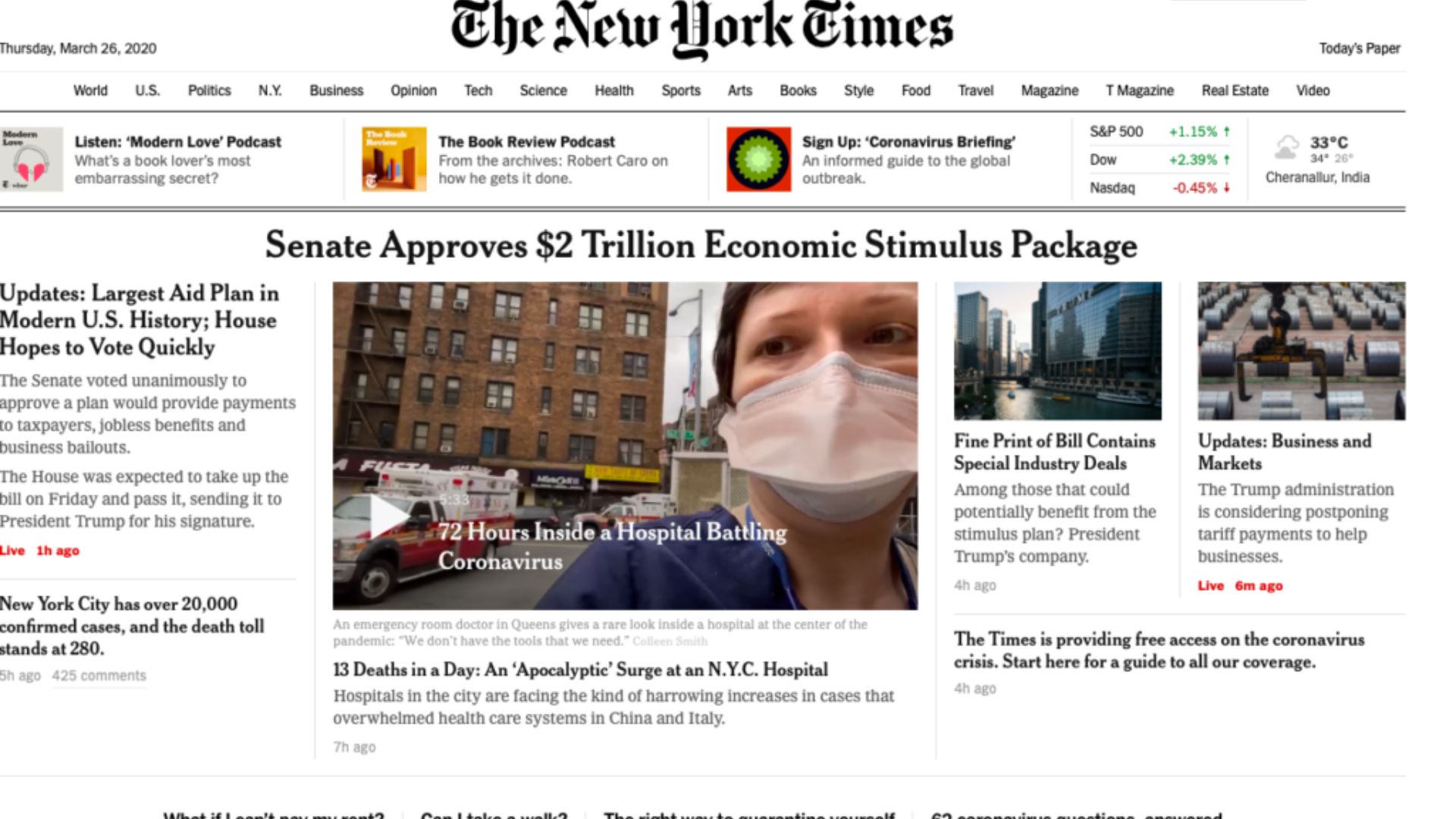Motion graphics have a significant impact on web design and visual storytelling, bringing dynamic and engaging elements to websites. Here are some key ways motion graphics contribute to web design and visual storytelling:
- Captivating User Attention: Motion graphics have the power to capture users’ attention and make a website stand out. By using animated elements, such as scrolling effects, hover animations, or rich media, motion graphics create an interactive and visually captivating experience that encourages users to explore further.
- Conveying Information and Storytelling: Motion graphics are effective in conveying complex information and telling stories in a visually compelling way. Through animations, videos, or interactive elements, designers can communicate messages, create narratives, and guide users through a story or a series of events. This helps engage users, evoke emotions, and enhance understanding and retention of information.
- Visual Enhancements and Branding: Motion graphics add visual enhancements that can help reinforce a brand’s identity and create a memorable visual impact. Animations, transitions, and dynamic elements can provide a cohesive and visually appealing experience that aligns with the brand’s aesthetics, making it more memorable and distinctive.
- Attention to Key Elements: Motion graphics can draw attention to important elements on a web page, such as calls-to-action, key messages, or featured content. Through subtle movements or highlighting effects, motion graphics guide users’ focus and ensure important information is not overlooked. This enhances the effectiveness of a website’s design and supports its goals, such as increasing conversions or encouraging specific actions.
- Visual Flow and User Experience: Well-executed motion graphics can improve the flow and usability of a website, guiding users through the content in an intuitive and engaging manner. Animations can provide visual cues, transitions can create a seamless browsing experience, and interactive motion elements can enhance navigation and user interactions.
- Emotional Appeal and User Engagement: Motion graphics have the ability to elicit emotions and create a connection with users. By leveraging animations, videos, or interactive elements, websites can evoke positive emotions, tell stories that resonate with users, and create an immersive and engaging experience that keeps users on the site for longer periods.
- Mobile Responsiveness: Motion graphics can be optimized for responsive web design, ensuring they adapt to various screen sizes and devices. This allows for a consistent and visually appealing experience across desktops, tablets, and mobile devices.
However, it’s important to use motion graphics judiciously and consider their impact on website performance, accessibility, and user experience. They should be purposeful, non-distracting, and should not slow down the website’s loading speed.
In conclusion, motion graphics play a crucial role in web design and visual storytelling by captivating user attention, conveying information, enhancing branding, improving user experience, and creating emotional connections. When used effectively, motion graphics enhance the overall aesthetics and interactivity of websites, contributing to a memorable and engaging user experience.










